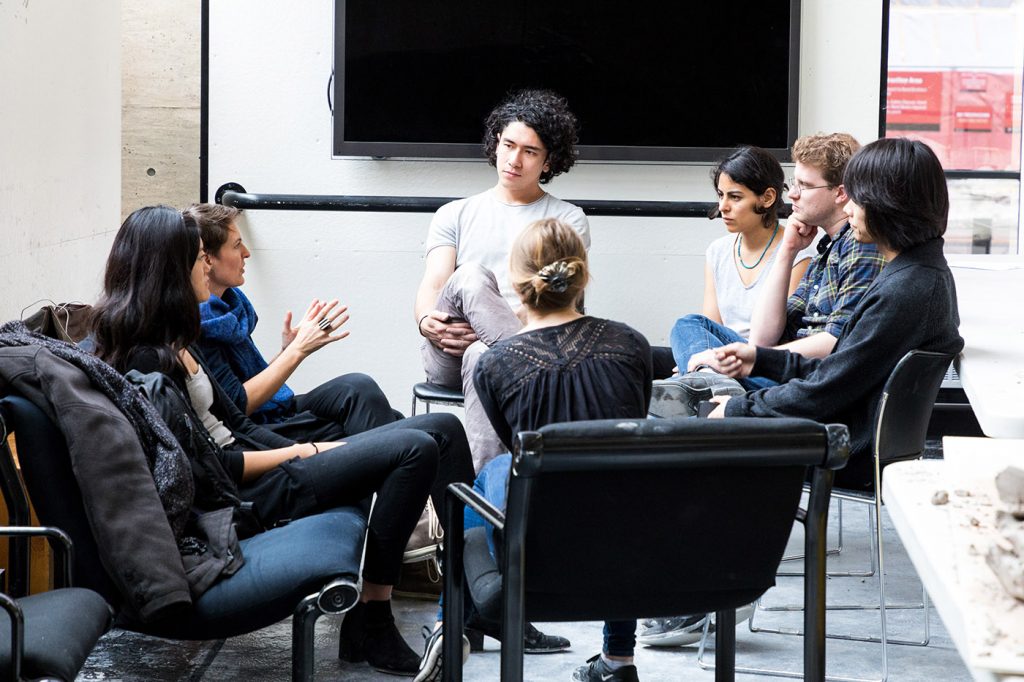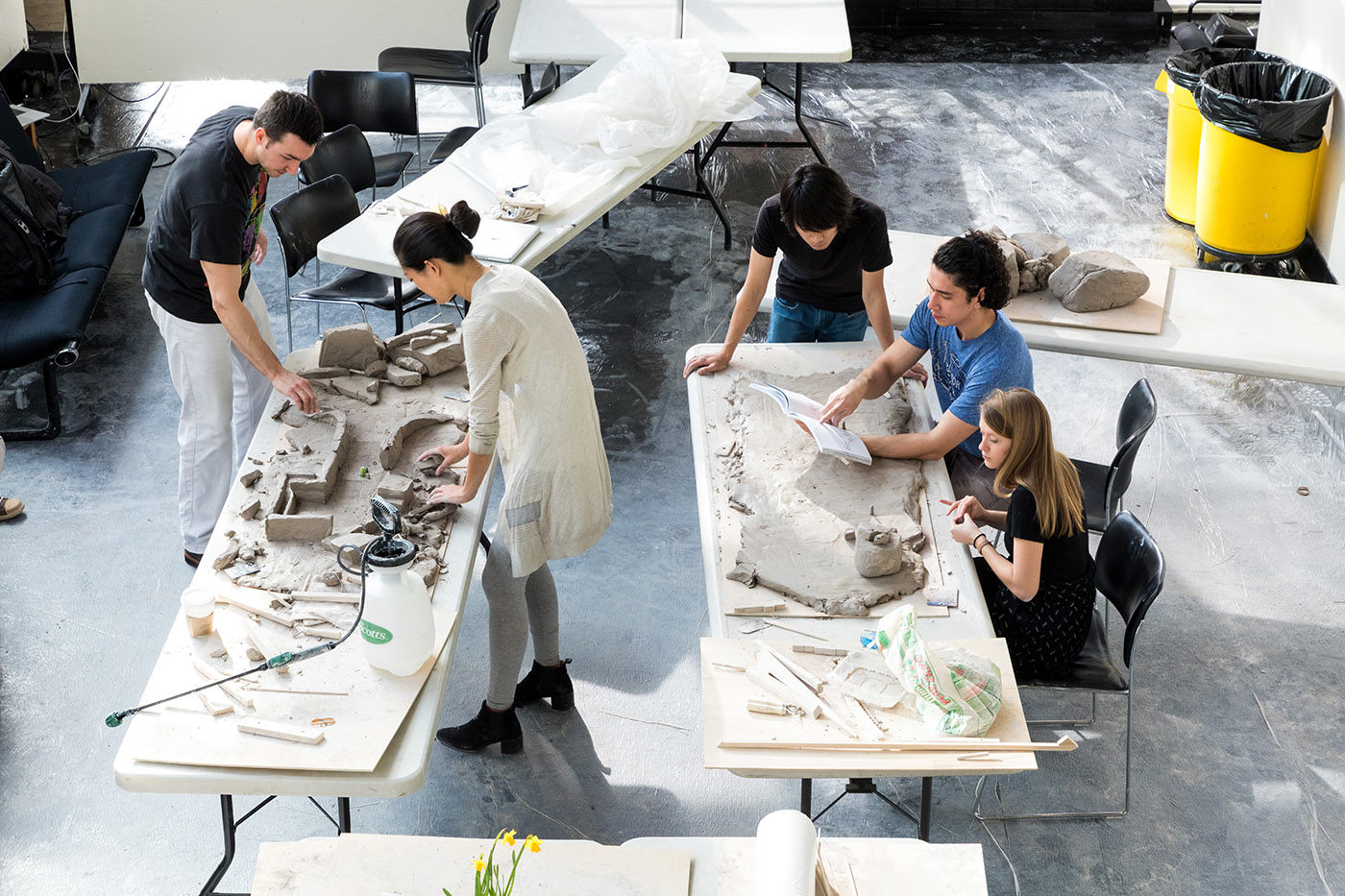For Anna Heringer, architecture is a tool to improve lives. As an architect and honorary professor of the UNESCO Chair of Earthen Architecture, Building Cultures, and Sustainable Development, she is focusing on the use of natural building materials. Together with Martin Rauch, she has developed the method of Clay Storming, which she teaches at universities around the world and for which she has received numerous honors. Over J-Term, Heringer introduced a group of GSD students to the Clay Storming method and her unique approach to designing humane and sustainable spaces.
During the week-long workshop, students worked in small teams to practice Heringer’s method of 3D sketching on clay models. Along the way, they discussed the essence of architecture, explored design based on material understanding, and learned how to transition from small scale clay models to full-scale (mud) architecture.
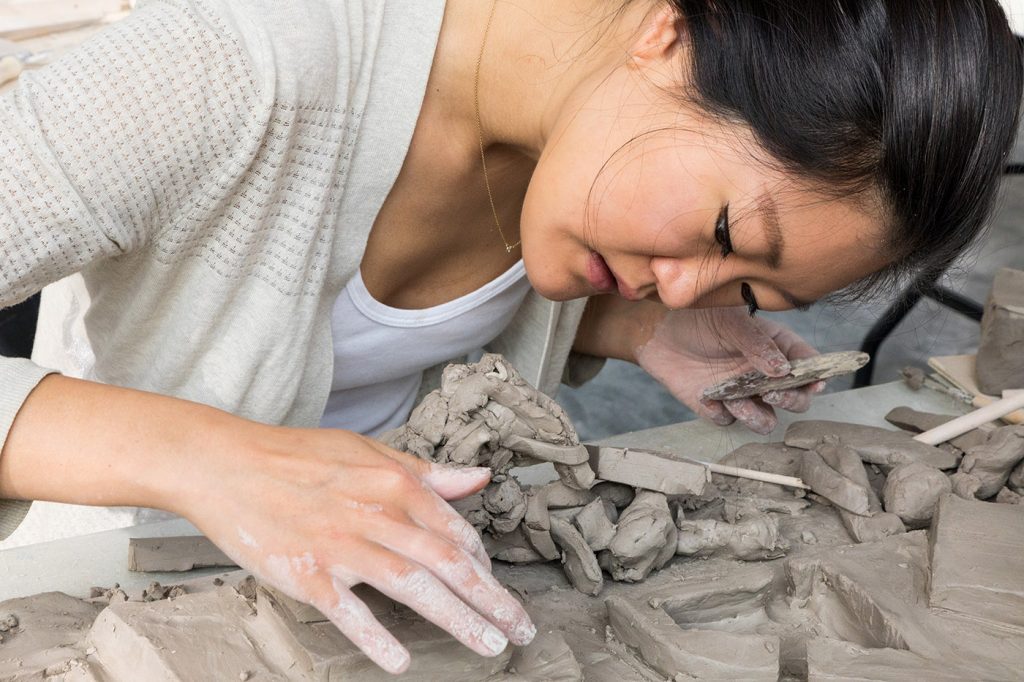
Jihyun Ro (MArch ’20): “As a material, I think [mud] combines really well the way that contemporary architecture sees itself as kind of mediating between global and local things. Like being able to have a globally understood feeling of earth and the human memory that comes from working with the earth, but having it also be a material that you can use in many different countries. It produces a certain type of architecture.”
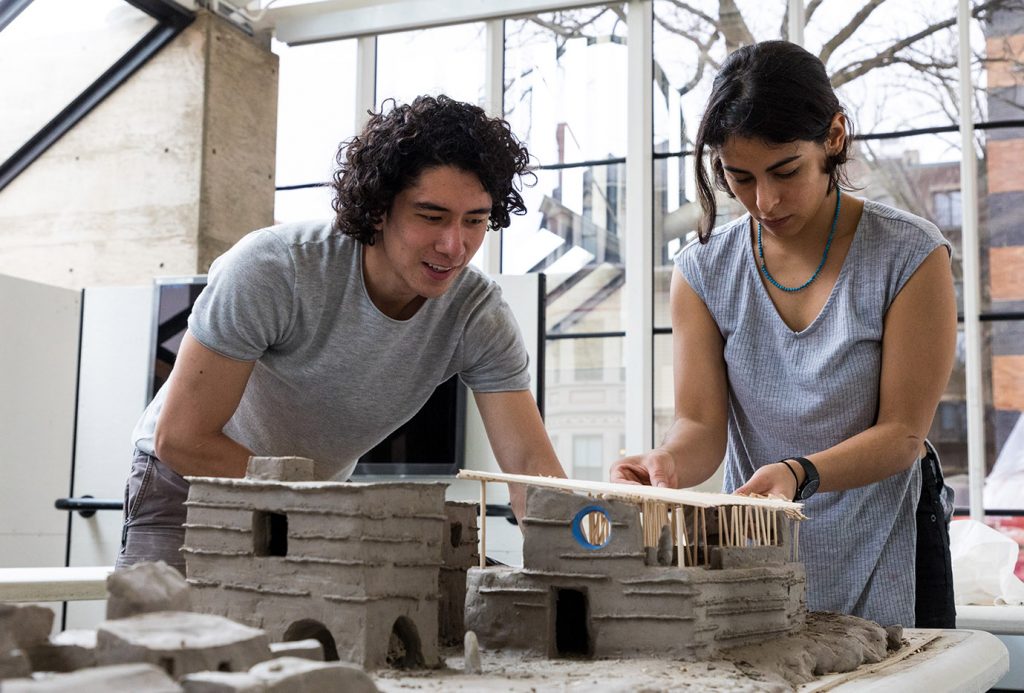
Pamela Cabrera (MDes ’19): “[Clay Storming] is cool because you’re designing through model making. The model isn’t the end product of your design. Having contact with the volume that you’re working with either by extracting or adding to it is a different way of thinking. You can go back and edit as much as you want because there’s no memory to the material.”
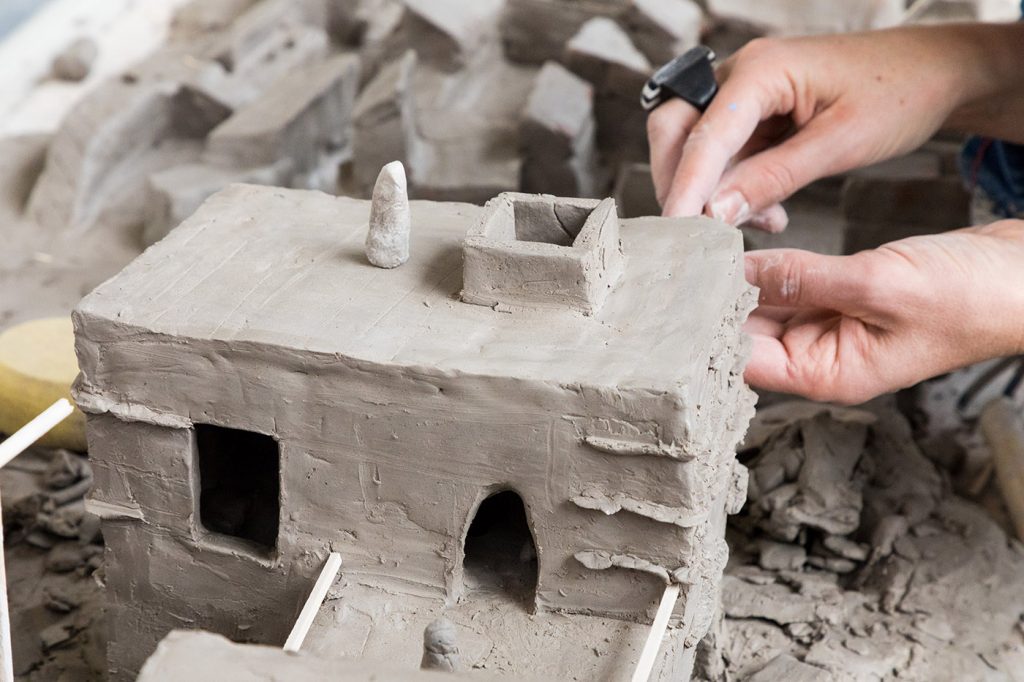
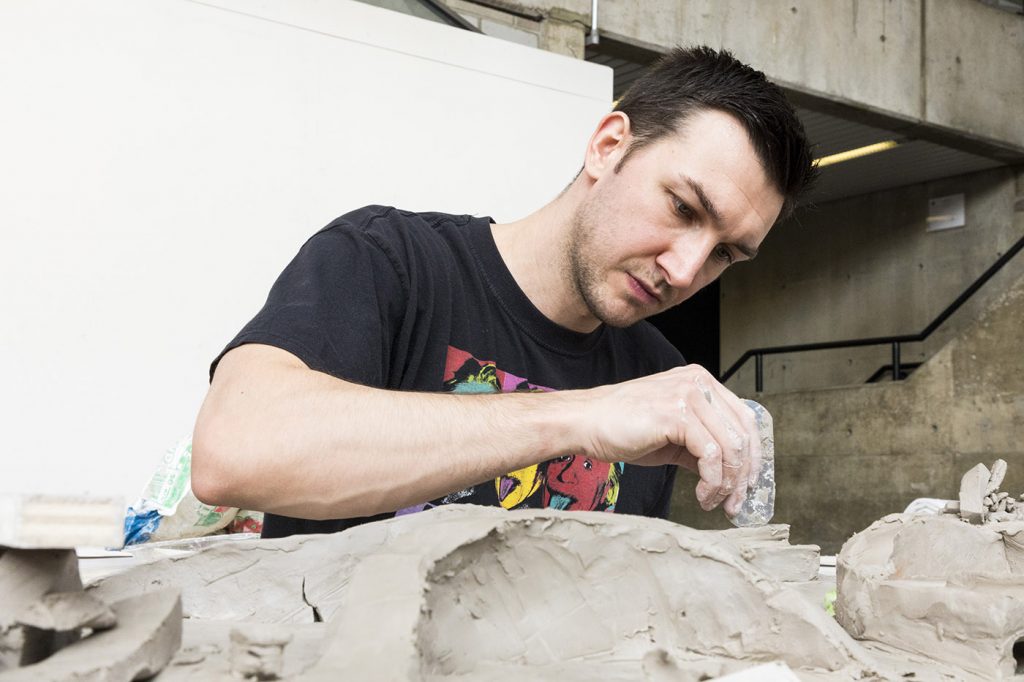
Zlatan Sehovic (MDes ’19): “There is definitely room in today’s architecture to take relatively simple or archaic materials and start to introduce them into contemporary construction. From an energy standpoint, mud goes back to the earth once the building is done, so it can be recycled an infinite number of times. Mud is very forgiving. If you make a mistake, it’s easy to patch it up. And it’s available everywhere. Everyone, at some point in their life, has touched mud or played with clay.”
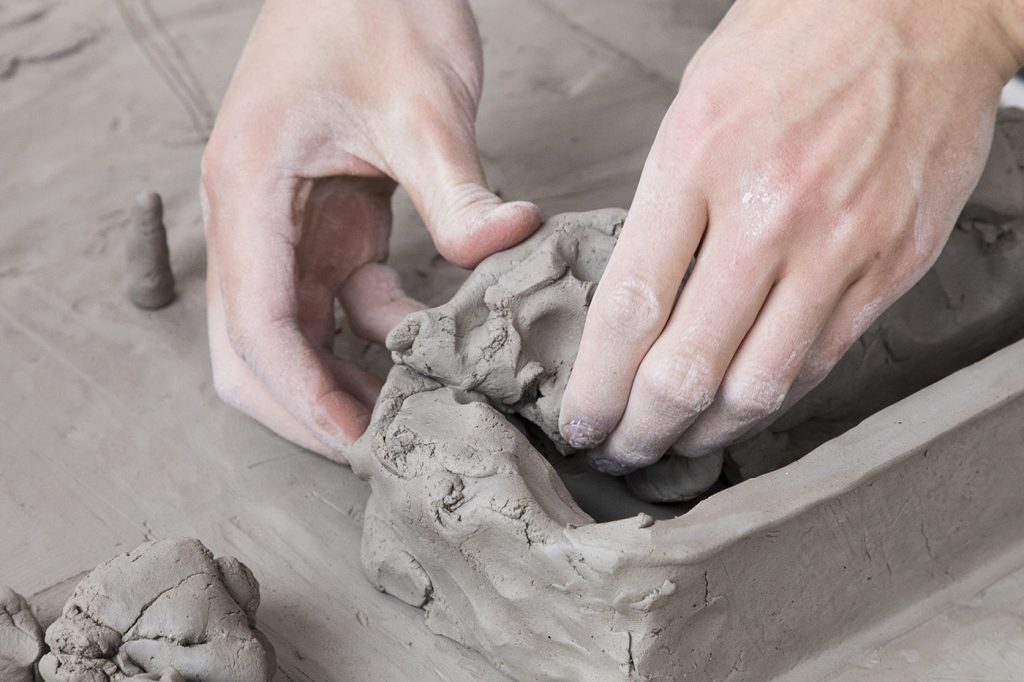
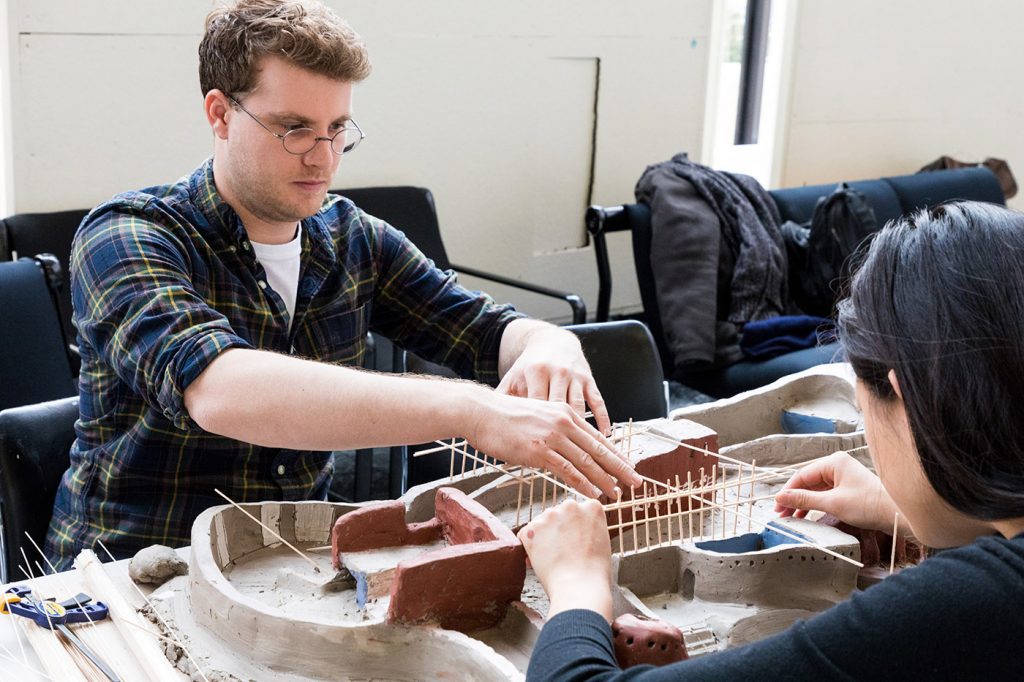
Thomas Schaperkotter (MArch ’20): “It’s so important for us to start talking about the durability of architecture, about what it means to build things: who we’re building for, why we build, why we use certain materials. Earth is inherently better for maintaining the built environment. We can repair it in a way that sustains skill sets and work. Mud has great acoustical properties, thermal properties, and it’s fireproof. In most cases, you can use it on site or near site, so it has logistical advantages. Rather than use technology to produce things, we can rely on human power to make our world. That’s a pretty powerful thing!”
